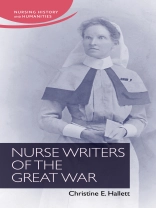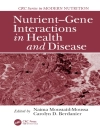This electronic version has been made available under a Creative Commons (BY-NC-ND) open access license. The First World War was the first ‘total war’. Its industrial weaponry damaged millions of men and drove whole armies underground into dangerously unhealthy trenches. Many were killed. Many more suffered terrible, life-threatening injuries: wound infections such as gas gangrene and tetanus, exposure to extremes of temperature, emotional trauma and systemic disease. In an effort to alleviate this suffering, tens of thousands of women volunteered to serve as nurses. Of these, some were experienced professionals, while others had undergone only minimal training. But regardless of their preparation, they would all gain a unique understanding of the conditions of industrial warfare. Until recently their contributions, both to the saving of lives and to our understanding of warfare, have remained largely hidden from view. By combining biographical research with textual analysis, Nurse writers of the great war opens a window onto their insights into the nature of nursing and the impact of warfare.
Über den Autor
Christine Hallett is Professor of Nursing History at the University of Manchester
Christine Hallett is Reader in Nursing History at the University of Manchester, and Director of the UK Centre for the History of Nursing and Midwifery












